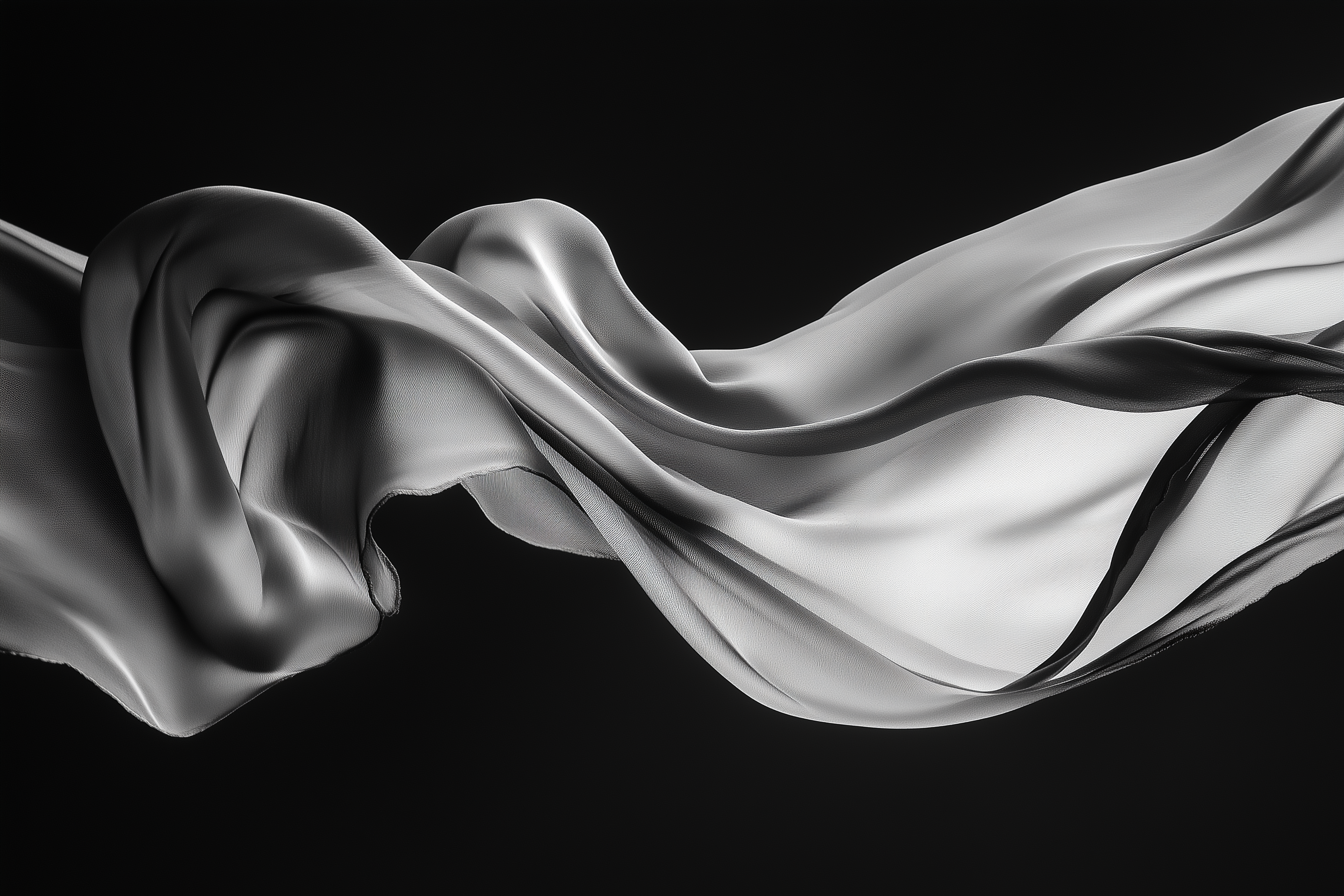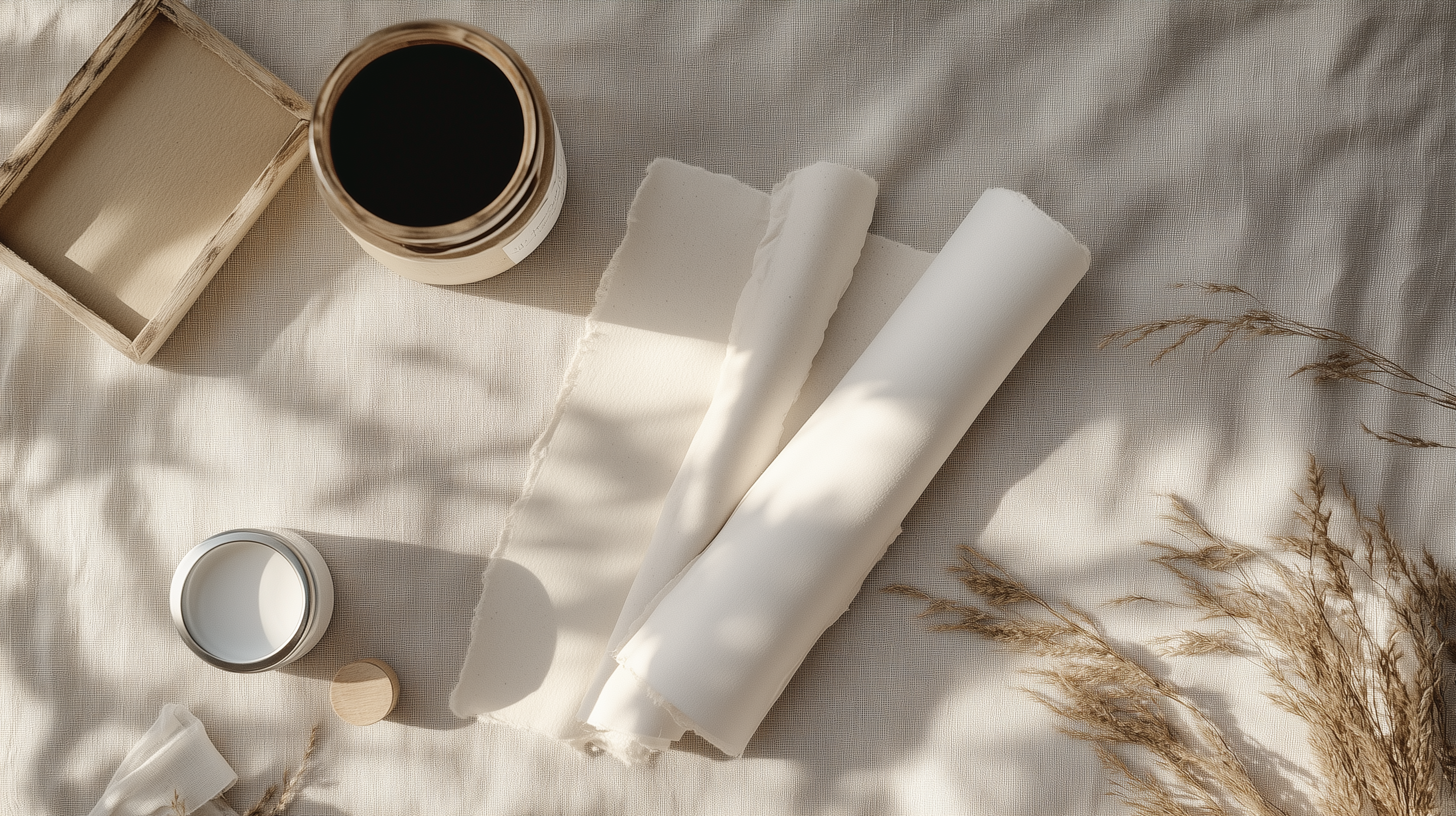 When we strip away colour, we reveal essence. In silence, nature speaks its clearest truth.
When we strip away colour, we reveal essence. In silence, nature speaks its clearest truth.
There is a quiet revolution unfolding in the world of interiors—where the organic meets the minimal, and emotion transcends pigment. Biophilic black and white is not a trend. It is a visual meditation. A conscious choice to bring nature indoors without overwhelming it with colour. A way of seeing that calms, centres, and restores.
Through monochrome botanicals, landscapes, and natural textures, we rediscover the poetry of form—where each branch, leaf, and stone becomes a study in balance and presence. This is the essence of biophilic minimalism: living with nature not in saturation, but in stillness.
Why Nature Needs No Colour
Nature’s beauty does not depend on colour—it depends on rhythm, structure, and light. In black and white, we perceive these truths more deeply. A shadow becomes a silhouette. A leaf becomes architecture. A forest becomes geometry in motion.
By removing chromatic noise, we heighten our sensitivity to the details that often go unnoticed: the delicate curve of a petal, the grain of bark, the soft gradient between stone and sky. Black and white photography honours these subtleties with reverence. It is not a simplification—it is a sharpening of attention.
This aesthetic restraint brings a kind of emotional clarity to a space. It invites viewers to slow down. To feel rather than consume. To inhabit the image rather than glance at it. In a visually overloaded world, biophilic monochrome is a palette of peace.
Biophilia in Monochrome Interiors
Biophilic design is often associated with greenery, daylight, and natural materials. But its emotional core—our innate need to connect with nature—does not rely on colour alone. The visual language of nature exists in all palettes, including grayscale.
Monochrome prints of leaves, rivers, dunes, or fog-soaked trees evoke the same grounding effect as full-colour images—sometimes more so. They distill nature into its raw geometry, aligning with minimalist spaces that favour balance, breath, and clarity over decoration.
In homes and studios, these prints act as visual anchors. They bring stillness without dullness, depth without distraction. Whether displayed in a quiet hallway or above a reading chair, biophilic black and white art creates an atmosphere of subtle aliveness.
The Role of Material and Texture
The power of biophilic black and white lies not only in the image itself, but in how it is made. At artisCHt, every material decision echoes the ethos of nature-inspired restraint.
- Recycled fine art paper adds tactile richness and a naturally imperfect grain—an homage to the textures found in leaves, bark, and soil.
- Matte finishes reduce glare and preserve the gentle tones of shadow and light, inviting quiet reflection.
- Framing in natural or reclaimed wood reinforces a sense of organic integration—where the boundary between artwork and environment begins to dissolve.
Even the absence of gloss, the quiet tone of the matte, and the understated profile of the frame all speak to a refined aesthetic that is rooted in calm. We believe that the frame should not distract from the work, but extend its philosophy.
Minimalism and Emotional Calm
Black and white nature prints are not only visual statements—they are emotional tools. They invite calm by removing excess. They hold space for stillness without emptying a room of life.
This is especially resonant in contemporary architecture, where clean lines, negative space, and natural light form the language of design. In such environments, colour often feels like noise. Monochrome art complements the architecture rather than competing with it.
Moreover, studies have shown that visual clutter—especially from overly bright or saturated imagery—can contribute to mental fatigue. A black and white landscape or botanical print creates a visual pause. It becomes a breath between walls.
For creative professionals, architects, and art collectors, this kind of visual pause is not a luxury. It is a necessity. It restores focus. It reinforces clarity. It allows space to think.
 How to Curate Biophilic Black & White
How to Curate Biophilic Black & White
Integrating biophilic monochrome into your space is a process of intention, not just placement. Here are a few guiding principles:
- Choose pieces that evoke stillness, not spectacle—look for works that create presence, not performance.
- Balance detail and simplicity—a close-up of a single leaf can be more powerful than a crowded forest.
- Let light interact with the piece—place prints near soft natural light to allow shadow and grain to shift throughout the day.
- Frame mindfully—choose natural textures and soft finishes that echo the print’s subject.
- Curate space around the art—don’t overfill the wall. Let the print breathe. Let it speak in silence.
More Than Decoration
In the end, biophilic black and white is not about decorating a room—it’s about recalibrating how we relate to our space. It’s about choosing stillness over stimulation, presence over performance, and meaning over excess.
This form of visual storytelling brings us closer to the essential. It connects us to the natural world through abstraction, shadow, and line. And in doing so, it mirrors the deeper human desire to live with intention and grace.
Every artisCHt piece is a meditation on this idea. Each photograph is not just a window to nature, but an invitation to slow down and feel more deeply. We do not use colour to impress—we use absence to express.
Conclusion: The Quiet Power of Monochrome Nature
Biophilic black and white is the art of seeing without distraction. It is a form of reverence—for the planet, for simplicity, and for the spaces we call home.
It offers calm not through still images, but through stillness itself. And in a time when everything demands our attention, that kind of quiet is radical.
At artisCHt, we frame not just photographs—but philosophies. With every print, we ask: what if less was not absence, but arrival?
What if black and white wasn’t the opposite of life, but its most distilled form?



Share:
Eco‑Artistry: Sustainable & Reclaimed Materials in Printmaking
Art Nouveau Returns: Sinuous Forms Meet Minimalist Prints